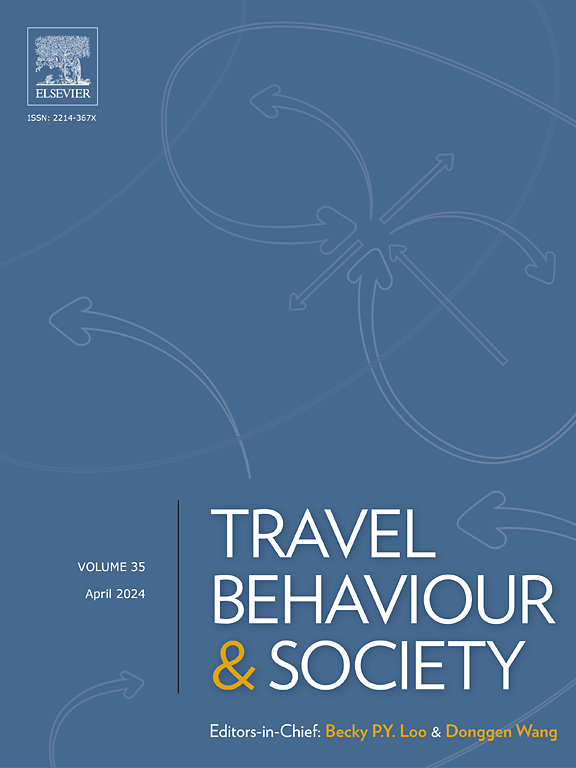Many cities around the world have developed Transit-oriented development (TOD) based on subway systems, expecting to alleviate problems such as carbon emissions and pollution in the transportation sector. Although previous studies have proved the contributions to mitigate congestion and carbon emission pressure, there is a lack of evaluation on whether TOD can promote green mode choice and effectively reduce carbon emissions of first/last-mile trips in existing studies. This study aims to verify that subway stations with high TOD levels have a positive effect on reducing the carbon emissions of first/last-mile trips. We evaluate subway stations in Hangzhou and classify them into two categories based on their TOD levels. Then the carbon emission of ten typical subway stations is calculated based on survey data of first/last-mile trips and empirical formula. The nested logit model (NL) is used to analyze the correlation between the choice of first/last-mile mode and personal and environmental factors. The case results show that subway stations with a higher TOD level usually exhibit higher daily passenger flows (increased by approximately two-fold) and lower per capita carbon emissions (reduced by approximately 70 %). These findings proved that the high TOD level has a positive impact on carbon emissions of subway first/last mile trips, which could provide data support and insights for TOD development, especially in developing countries.


